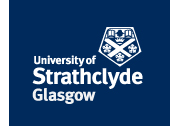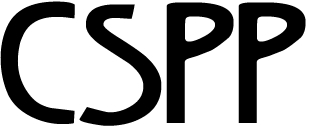| Description: |
There is no consensus about what is a "good" turnout. At one extreme, rational choice theorists can argue that 'whatever is, is right', while at the other democratic idealists can argue that anything less than 100 percent turnout is not good enough. A comparative perspective makes it possible to evaluate turnout as higher or lower by comparison with other countries or a nation's past. The great majority of OECD countries have a high turnout and free elections; totalitarian regimes of the Soviet bloc had a "too high turnout" because mass mobilization occurred without choice; the United States and Switzerland are exceptional in having well below average turnout. A constrained meliorist criterion shows that higher turnout is better--if it does not sacrifice competing goods or impose unreasonable costs. The paper concludes by showing what a government can do to make a good turnout better--and why it cannot produce a perfect turnout and still hold an election that is fair and free.
|


